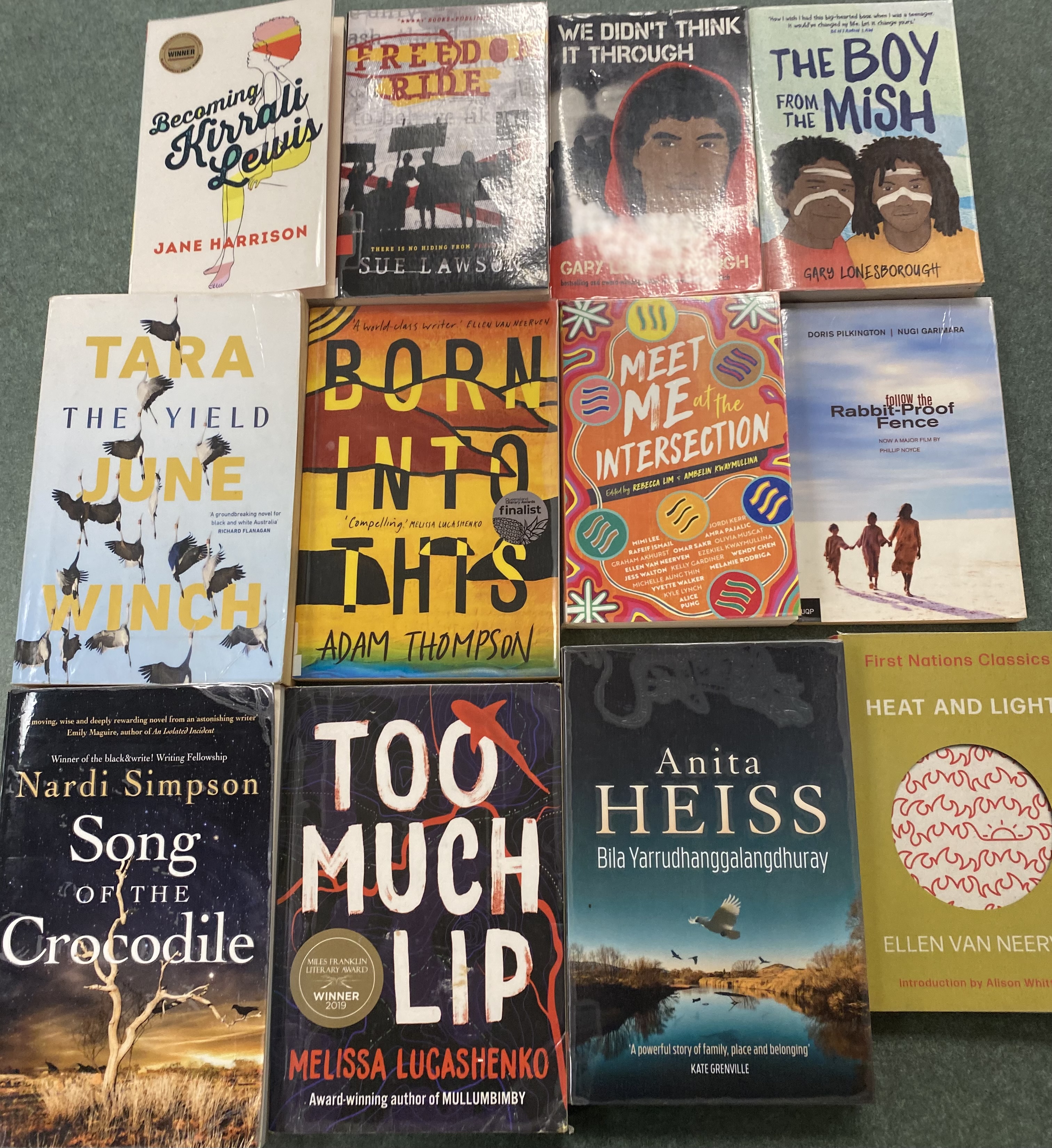National Reconciliation Week held every year from 27th May to 3rd June, “is a time for all Australians to learn about our shared histories, cultures, and achievements, and to explore how each of us can contribute to achieving reconciliation in Australia”. (Source: Reconciliation.org)
Our Librarian Charlotte reminds us of the importance of Reconciliation Week at Cape Byron Rudolf Steiner School….
As we approach Reconciliation Week I would like to highlight how our school library at CBRSS responds to creating a culturally inclusive space and contributing to achieving reconciliation.
Since 2022 our library responds to and has implemented the Culturally Safe Libraries Program across the collection. This ensures that our library is a culturally safe space and that when working with Indigenous collections, we are correctly informed about content and access protocols, and about the history and cultural heritage of the Aboriginal and Torres Strait Islander peoples that the books relate to.
The AUSTLANG Protocol 5, developed by librarians and with Aboriginal and Torres Strait Islander peoples, is recognised and used in our library.
Protocol 5 is about how collection content by and about Aboriginal and Torres Strait Islander peoples is described and classified in our catalogues and library management systems.A Reconciliation Action Plan (RAP) is a formal commitment to reconciliation. It documents how your school or early For instance, at CBRSS in accordance with the protocol we use the Dewey number 298 (other spirituality and religions) for shelving Dreaming stories and not 398 for folklore as many libraries still do and this will continue to be implemented.
A nonfiction book like ‘Looking after Country with Fire’ previously recommended to be shelved under the Dewey number 363 “other social problems or services” is not respectful or does it follow Austlang protocols so we now use the shelving number of 305.89115 which embraces Australian Indigenous Culture and Practices.
New publications now identify the First Nation heritage of the author if applicable and the lands on which the book was written. We spine label all Indigenous books with the Australian Aboriginal flag or a Torres Strait flag when appropriate.
So what is a culturally safe library?
A library that provides an environment that is emotionally safe for Aboriginal and Torres Strait Islander peoples; where people feel supported, can express themselves and their culture, history and identity with dignity and pride. An environment which fosters shared respect, meaning, knowledge and an opportunity to learn together without judgement.”
-
- In our school library this means being sensitive as to how books are catalogued and shelved.
- That indigenous peoples are widely represented across the collection and available for teachers and students to access from Kindergarten to Year 12, as picture books, fiction, non-fiction, poetry and culture and practices. See photo below of some fiction examples.
- And it is of the greatest importance that books included in the collection are respectful, culturally appropriate and reflect diversity of indigenous experience.
Some books that are pictured below represent only a small part of our wonderful collection.
Andy, who is the CBRSS Reconciliation Action Plan ( RAP) coordinator, has been also planning and organising a range of events and activities across the School to be held during Reconciliation Week.
A Reconciliation Action Plan (RAP) is a formal commitment to reconciliation. It documents how a school will strengthen relationships, respect and opportunities in the classroom, around the school/service and with the community.
Our school has developed a RAP using the Narragunnawali platform to register and extend on existing initiatives.
There is an active working committee amongst staff at CBRSS and we liaise with our Indigenous local community bringing collaborative art projects, excursions and other activities to our students.









